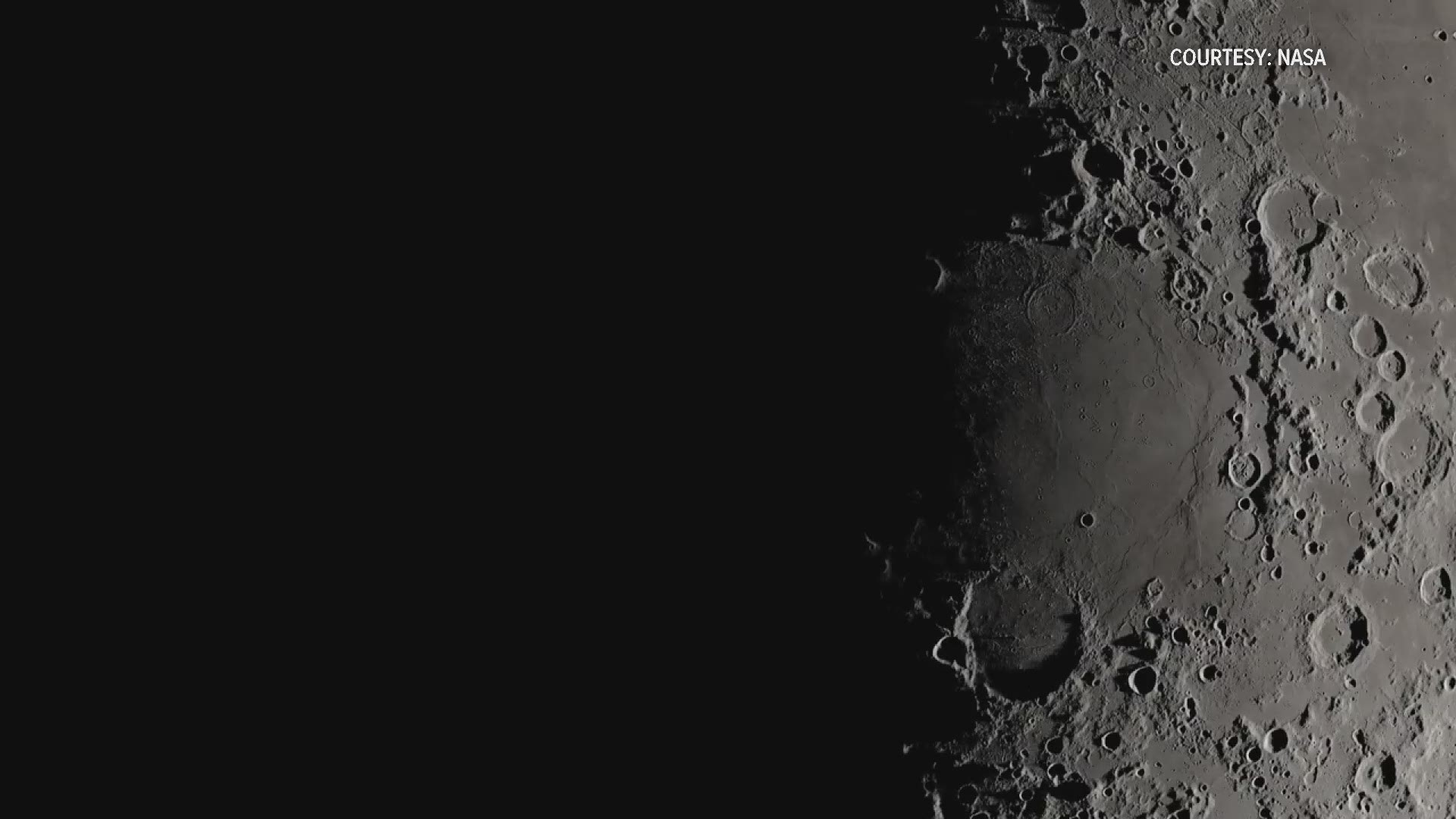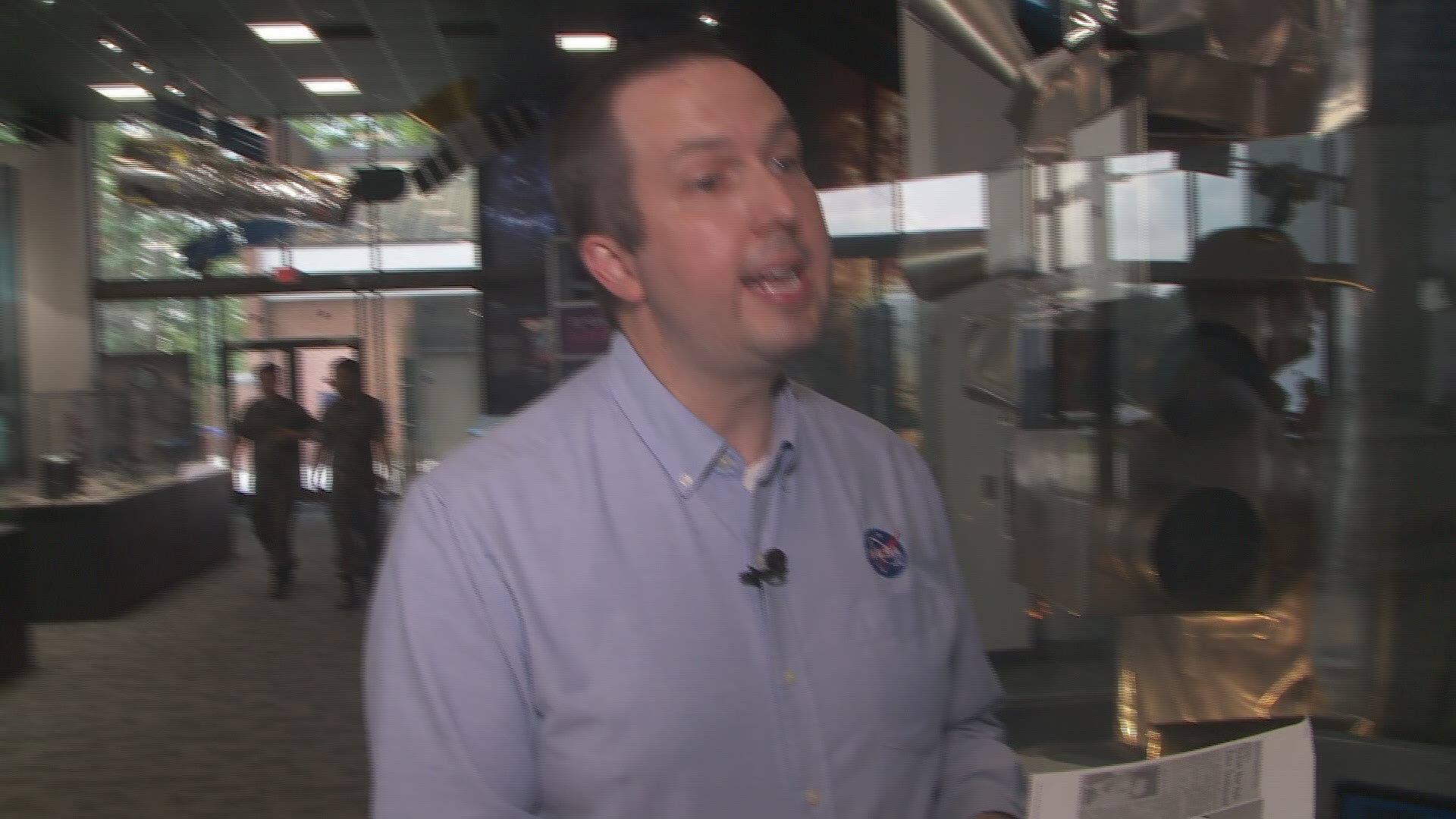Fifty years ago, America was captivated by the images of the Moon and the sight of Neil Armstrong and Buzz Aldrin setting foot on the lunar surface for the very first time.
Only about 60 percent of Americans in 2019 were alive and old enough to still remember that day in 1969. Millennials and Generation X, this was bigger than watching the Kentucky Derby or the Super Bowl, bigger than a Presidential Election. This was history – on the scale of the whole world. America was the first to put man on the moon. Families – young children, parents and grandparents – all crowded around their simple television sets, waiting, nervous, to see the stars and stripes wave.
It was history – but also part of a scientific mission to gain a better understanding of our moon and part of our solar system. And although there’s been a large gap in Americans setting foot on the lunar surface, it doesn’t mean we’ve stopped exploring it. The Lunar Reconnaissance Orbiter (LRO) has been orbiting the moon, day and night, taking measurements and photos of our Moon.
The images we see of the moon today are more captivating than ever. The images below are of the Apollo 11 landing site, which is only about the size of a baseball field, but as clear as watching a baseball game at home on your high-def TV.
The Lunar Module, still sitting there, untouched, 50 years later…

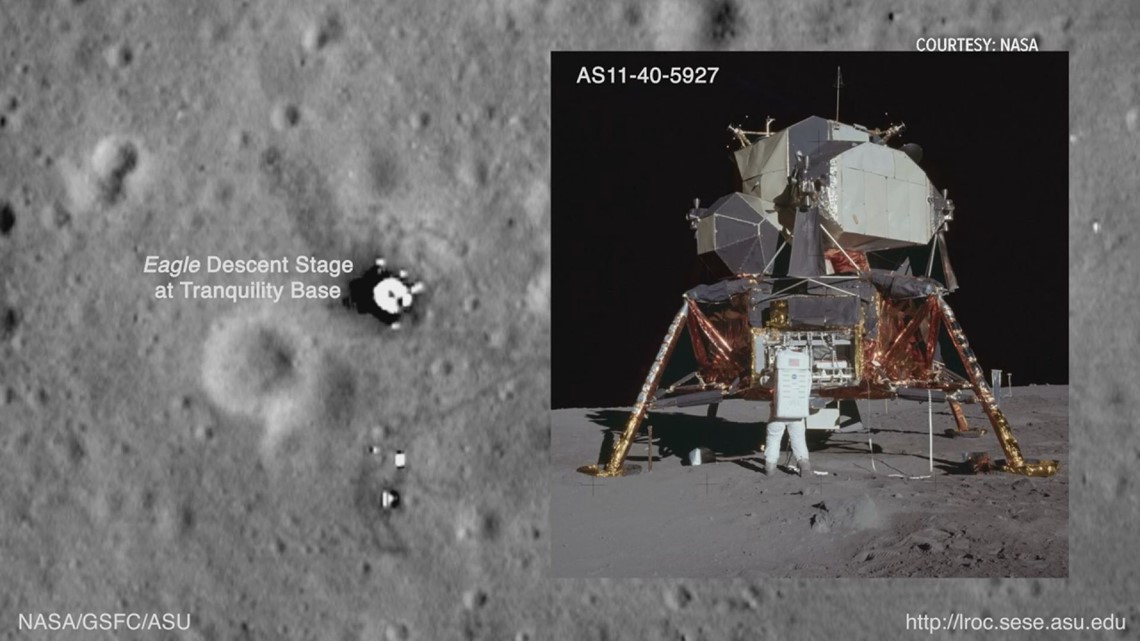
The TV Camera used to broadcast this moment in history into homes across America for the very first time…

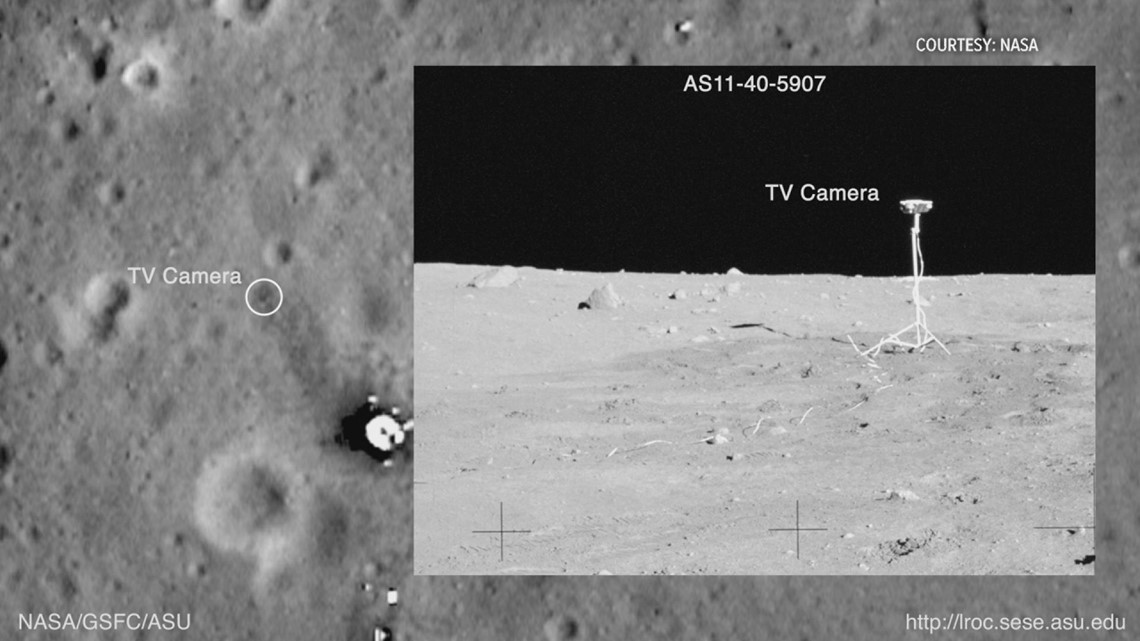
And Footprints, where Neil Armstrong ventured to the nearby Little West Crater to collect samples of Moon Rock to bring back to Earth…

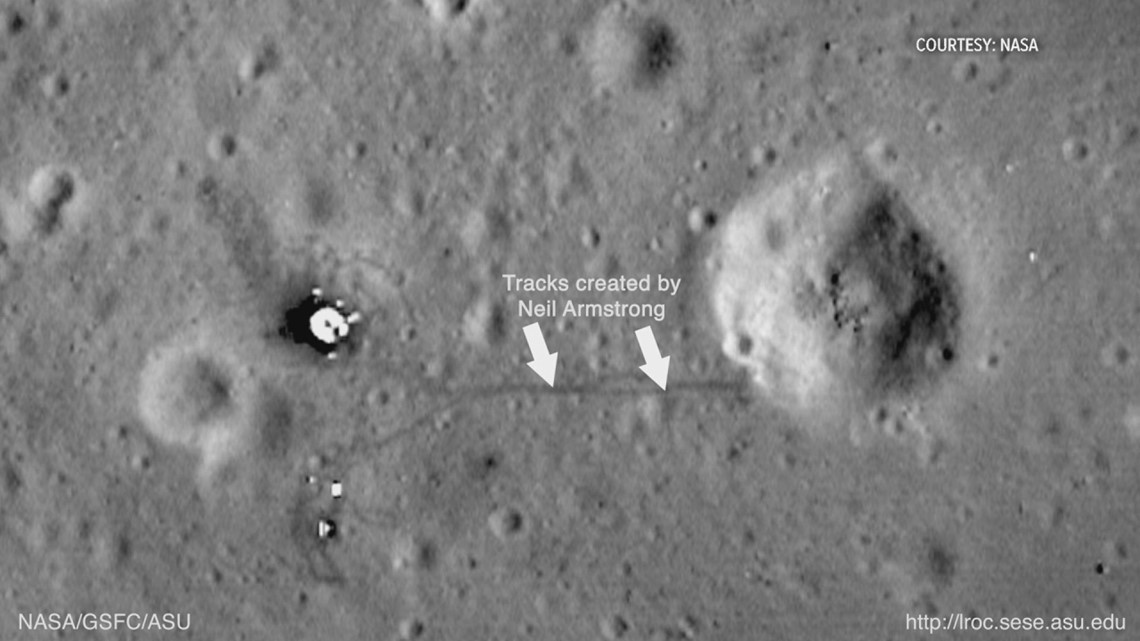
For Dr. Noah Petro, A Project Scientist with LRO at NASA, these images mean even more.
His dad, Dr. Dennis Petro, was an engineer and part of the team that helped to design and test the backpacks the astronauts wore during the Apollo missions. Before the sent man to the moon, the entire team etched their names inside the backpacks before their 238,900-mile-long journey to the moon.

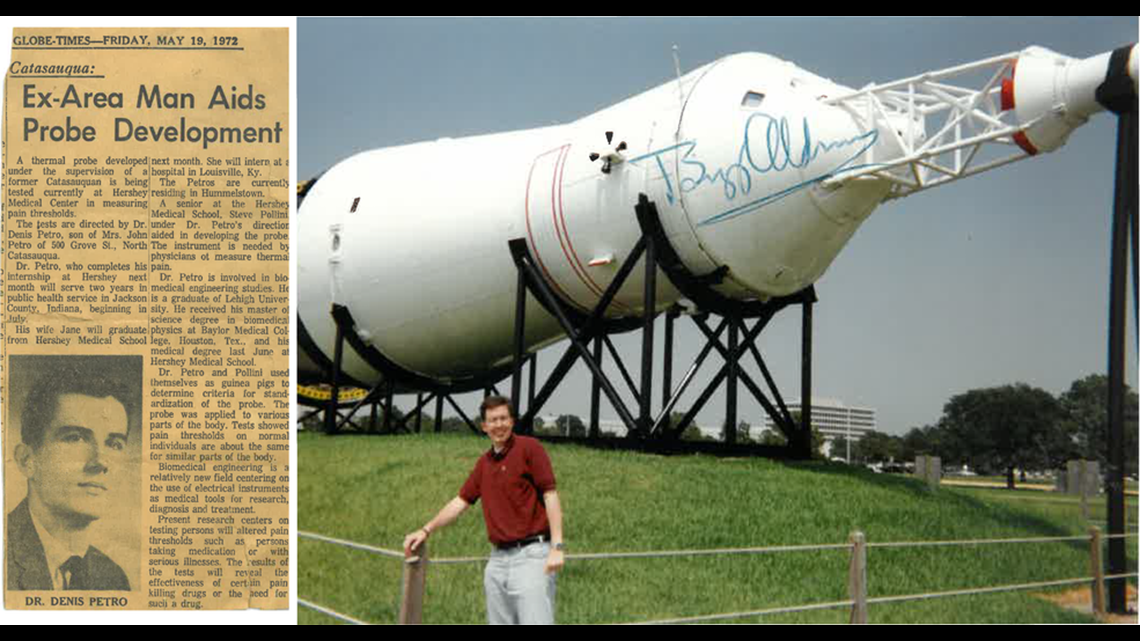
He can spot these backpacks, 238,900 miles away, which are bright white dots, viewed by the Lunar Reconnaissance Orbiter.

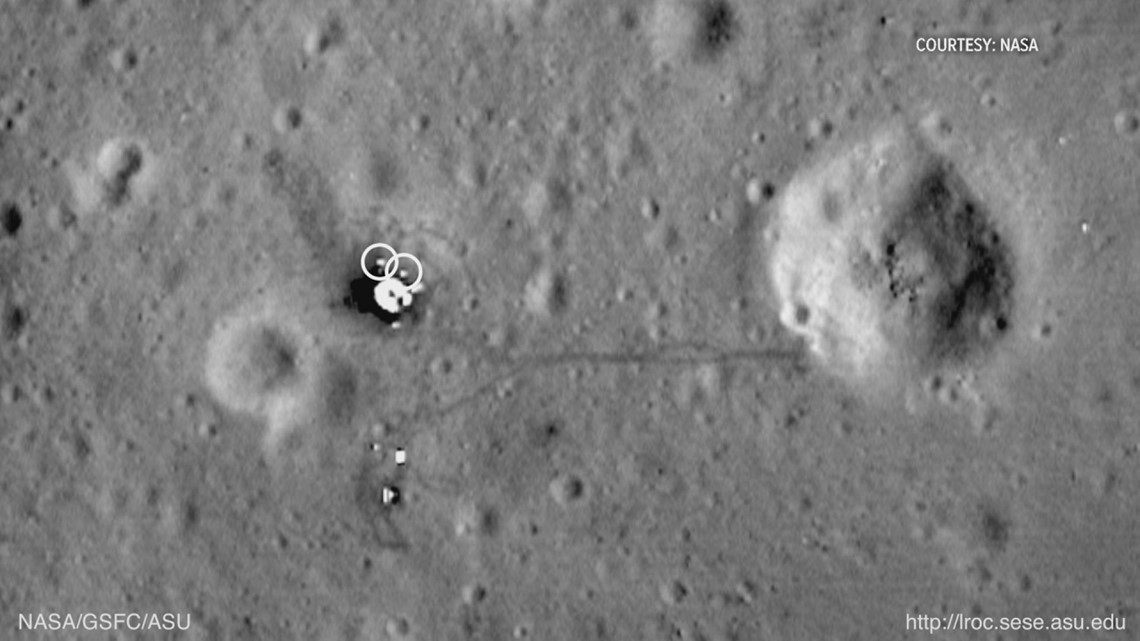
Our knowledge of the moon, it’s geography, and even a basis of understanding underneath the surface of the moon, has become more detailed with the LRO over the last 10 years. A Robotic Spacecraft orbiting the moon, the instruments on board have a goal of mapping a detailed look at the surface of the moon, including what the topography is and how the temperatures change from section to section, hour by hour, and season by season. They’ve been able to find the hydrogen deposits in regions cold enough for water ice to survive. This discovery, in particular, is pretty incredible.
With the Lunar Reconnaissance Orbiter, scientists like Dr. Noah Petro now have a deeper understanding of the lunar environment. This will make the next generation of human travel to the moon safer, and this new knowledge base will help us send humans even further in our solar system in the future starting in 2024.
As Dr. Dennis Petro helped put man first on the Moon, his son, Dr. Noah Petro, will help with this next generation of human space travel.

